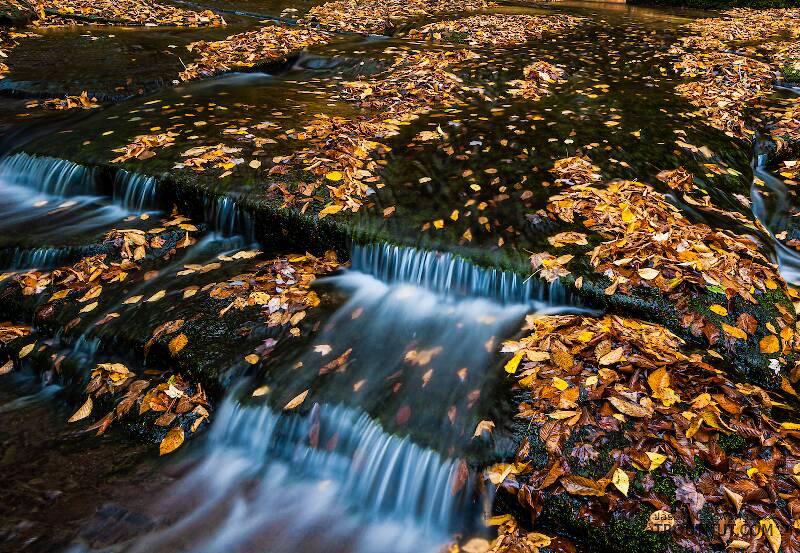
Salmonflies
Pteronarcys californica
The giant Salmonflies of the Western mountains are legendary for their proclivity to elicit consistent dry-fly action and ferocious strikes.

Mayfly Species Leucrocuta aphrodite (Pale Evening Duns)
Where & when
These hatches are sporadic.In 32 records from GBIF, adults of this species have mostly been collected during June (38%), July (38%), August (13%), and May (9%).
In 6 records from GBIF, this species has been collected at elevations ranging from 881 to 1751 ft, with an average (median) of 1227 ft.
Species Range
Physical description
Most physical descriptions on Troutnut are direct or slightly edited quotes from the original scientific sources describing or updating the species, although there may be errors in copying them to this website. Such descriptions aren't always definitive, because species often turn out to be more variable than the original describers observed. In some cases, only a single specimen was described! However, they are useful starting points.
Male Spinner
Wing length: 7 mm
Mesonotum pale smoky brown; cross veins of costal area and some in wing disc margined with dark brown; tergites 2-6 pale yellowish dorsally and laterally, with broad dark lateral patches between; genitalia of the Leucrocuta maculipennis type.
Head pale yellow, shaded with orange or ruddy at base of ocelli and between these and eyes; anterior and posterior margins tinged with black. Pronotum pale yellow, tinged laterally with black. Mesonotum pale smoky brown, the lateral portion anterior to wings rather light ochreous; thus there appears to be a broad dark middorsal stripe containing a faint pale central line; scutellum pale whitish, a smoky brown area directly anterior to it. Pleura light yellowish; a broad blackish stripe above the leg bases. Sternum light yellowish. Legs pale yellowish; fore femora (usually not others) with a faint dark apical streak; fore tibiae and tarsi tinged with smoky. Wings hyaline; longitudinal veins fine, dark; cross veins heavier, those of the costal and subcostal spaces heavily dark-margined. Usually two veins in each of the first 6 or 7 spaces below the bulla are faintly heavier; a faint brown cloud at the fork of the posterior branch of the radial sector, 3 to 4 cross veins in costal space before the bulla, about 9 to 11 beyond it.
Abdominal tergite 1 deep brown except for the pale yellowish anterior margin. On tergites 2 and 3 are broad dark brown lateral patches, semi-rhomboidal with concave lateral edges; these do not quite reach the anterior margins of the tergites, but are joined by a narrow dark band on the posterior margin of each; thus a pale yellowish dorsal patch (larger on 3 than 2) and pale lateral areas remain on each of these tergites. The dark lateral patches on tergites 3-6 are smaller, semi-triangular, and the pale areas therefore larger. Tergites 7-10 deep black-brown. Sternites pale yellowish. Forceps and tails pale. Genitalia of the maculipennis type; apical projection of penes, as well as apical spines, stronger than in H. minerva (now a synonym of Leucrocuta minerva), but not as well developed as in H. hebe (now a synonym of Leucrocuta hebe). This species is rather intermediate between minerva and hebe, both in color characters and structural details of the penes. The lateral dark patches on the tergites are smaller than in hebe, but larger than in minerva.
Start a Discussion of Leucrocuta aphrodite
References
- Knopp, Malcolm and Robert Cormier. 1997. Mayflies: An Angler's Study of Trout Water Ephemeroptera . The Lyons Press.
- Needham, James G., Jay R. Traver, and Yin-Chi Hsu. 1935. The Biology of Mayflies. Comstock Publishing Company, Inc.
Mayfly Species Leucrocuta aphrodite (Pale Evening Duns)
Species Range
Common Names
Resources
- NatureServe
- Integrated Taxonomic Information System
- Global Biodiversity Information Facility
- Described by McDunnough (1926)


